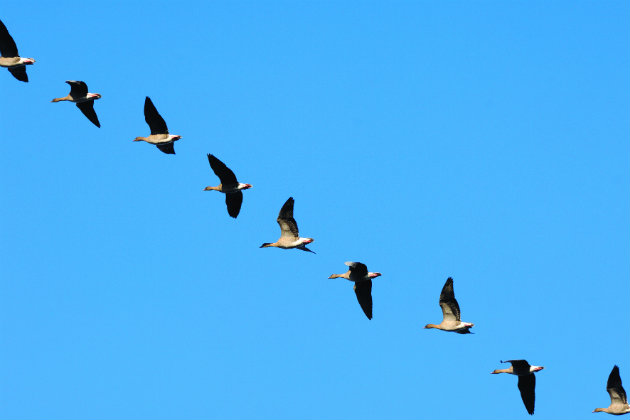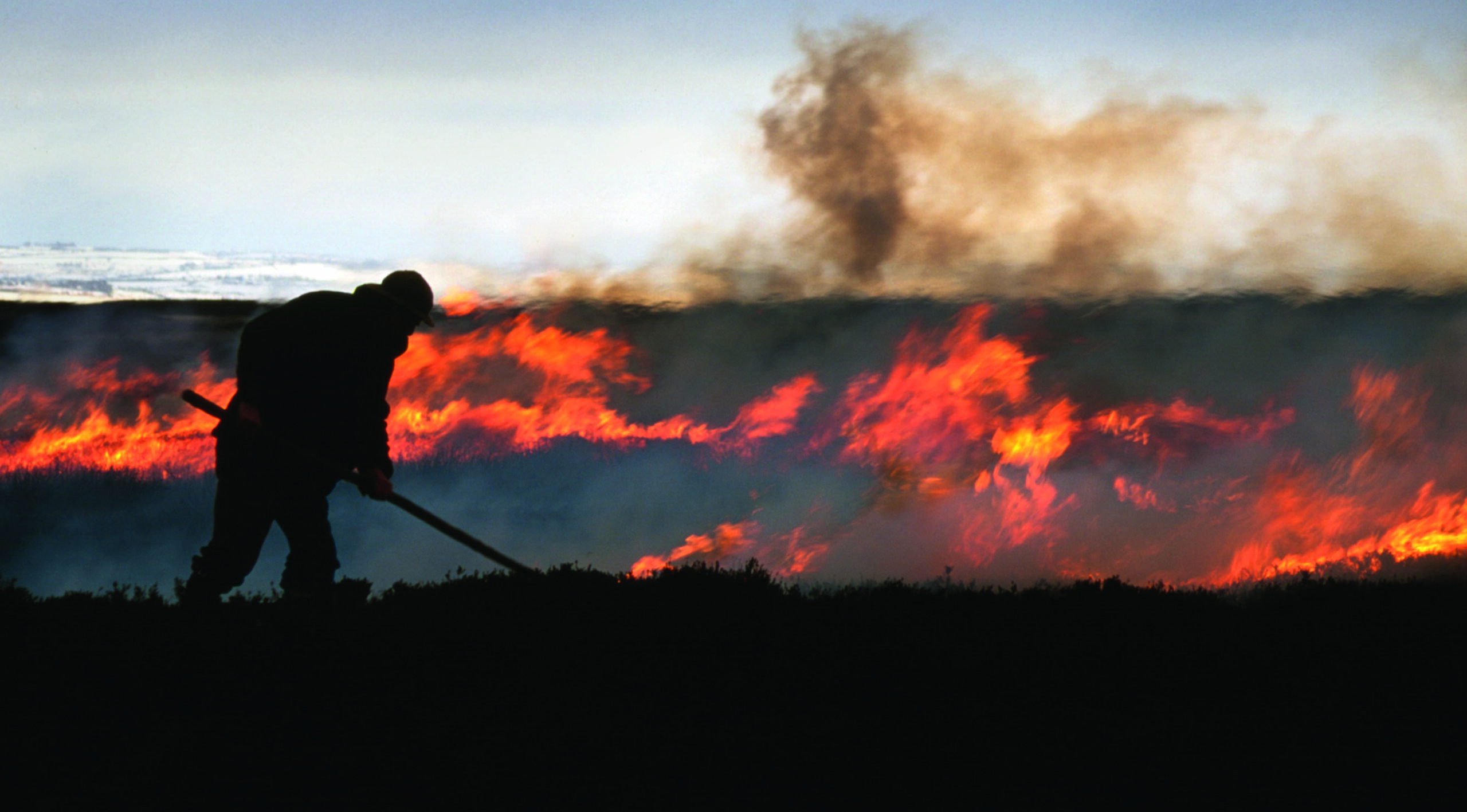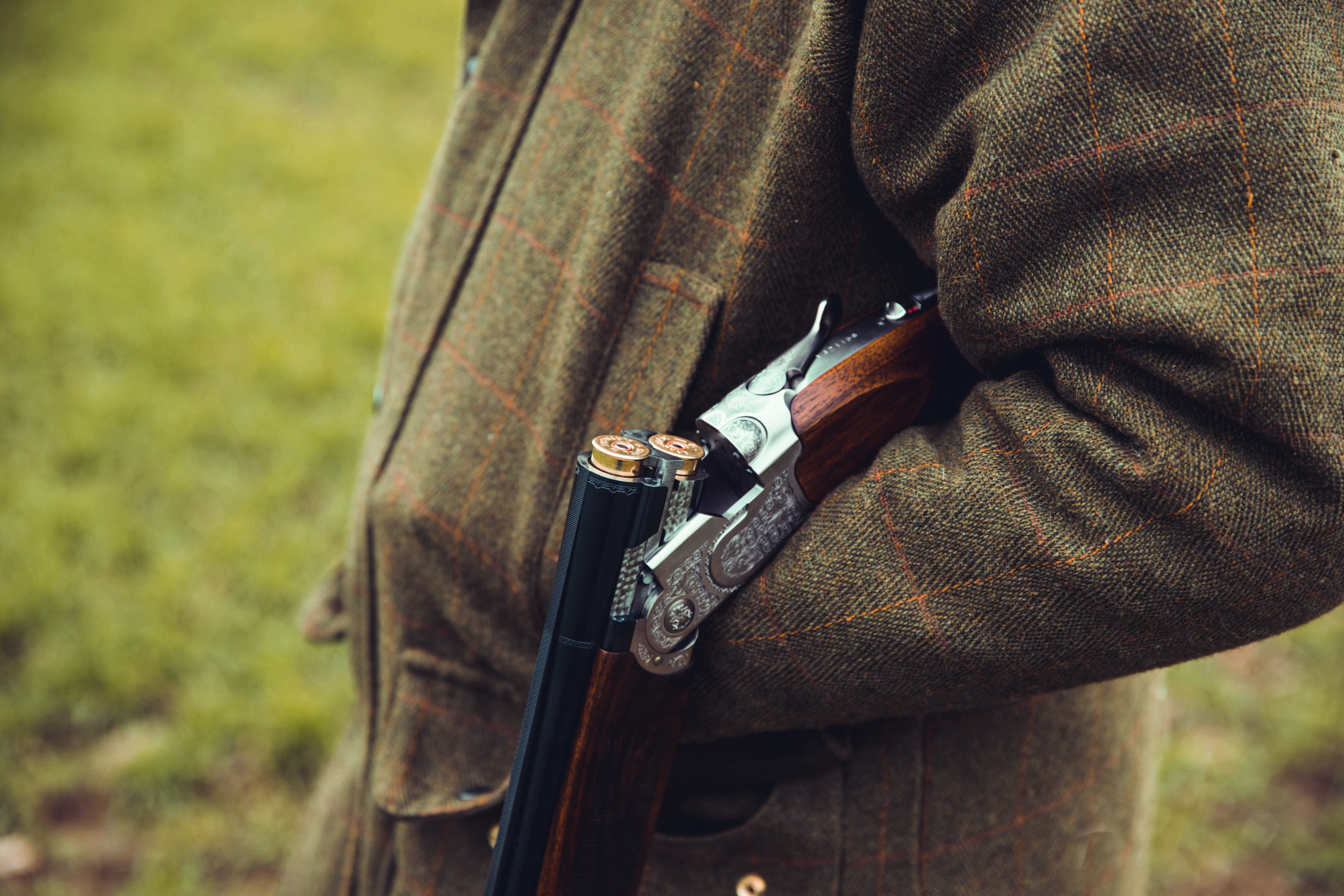Wildfowlers report favourable prospects for the season ahead
Initial indications are that there should be plenty of sport for wildfowlers this season, despite the damage caused to early broods by the bad weather at the start of the year

Most geese appear to have had a good breeding season
Wildfowlers can expect a mixed start to the season, with many early broods hit by the poor weather, but second clutches likely offering strong sport.
Taking a view of the national picture in late August, BASC reported that bird numbers were lower than would normally be expected at that time of year and noted that Canada and greylag geese were seen at inland sites and on coastal marshes and estuaries across the UK. Mallard were present in reasonable numbers, teal were appearing in high numbers in the east of England and small numbers of pink-footed geese were present in northern Scotland.
BASC’s wildfowling officer Mark Greenhough commented: “I am not expecting a spectacular start to the season, as bird numbers seem to be a little down on what we may normally expect to see.
“I think it will be a case of wait and see what the autumn migration brings our way in terms of bird numbers and how the weather affects their feeding once they arrive.”
Wildfowling clubs report back
This matches the general picture reported by wildfowling clubs around the country, that were contacted by Shooting Times, though their outlook appears more optimistic.
Kenn Ball, secretary of Newcastle Wildfowlers Association, said: “The prospects on the Northumbrian coast seem to be reasonably good. We lost a lot of early broods of duck and other birds, but the later broods seem to have been quite strong. We’ve seen quite a few mallard and teal around the ponds towards the coast. So tentatively it feels as though the prospects are quite good.”
“We had some quite poor weather at peak hatching time and obviously wildfowl, like most gamebirds, need to have a lot of insects about to thrive,” he continued.
Broods reported early
Andy Stott, Westmorland Wildfowlers Association secretary, reported seeing some broods very early in the year. He said: “There were mallard sat on eggs as early as mid-February this year due to the mild winter. Some very early broods actually made it to adulthood, but most ducklings succumbed during the cold months of March and April and subsequent lack of available food.
“The second clutches of mallard and even gadwall produced very strong broods, many of which grew to strong flying adults by late July to early August. Currently, there are a lot of mallard in the river Kent estuary and its surroundings. Greylag numbers have slowly increased over the last month as have those of Canada geese, so it looks as though they have had a good breeding season too. Prospects look favourable for the coming season on the foreshore.”
Further south, Alan Jarrett, chairman of the Kent Wildfowling and Conservation Association, said: “It has been a reasonably good start to the season for a number of reasons; the marshes have enough water to keep the ducks and geese interested, thanks to the wet spring weather no doubt, there was a good influx of teal just before the season started, and they were still around come 1 September.
“There are a lot of geese, which seem to have had another good breeding season, and quite a few mallard, despite the wet spring, though not too many pochard and tufted, which are often localised anyway. An encouraging start to the season.”
Optimistic prospects
The best news came from Devon Wildfowlers chairman Nick Millman, who offered perhaps the most optimistic prospects for the coming season for wildfowlers in the South West of England: “I cannot recall a potentially better breeding season. The weather pattern has been stable throughout the summer and geese numbers have definitely risen compared with September last year.
“It is worth noting that there are late broods still being seen. While most are on the wing, some restraint earlier in the season will surely make for more sporting birds in the coming months.”








